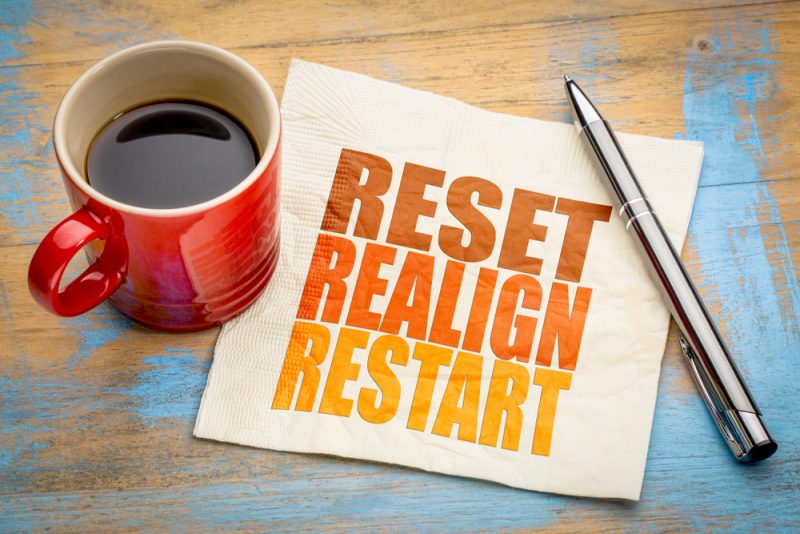Blog Short #48: Part 1 – What makes people provoke others?
Welcome to Monday Blog Shorts – ideas to make even Monday a good day! Every Monday, I share a short article with you about a strategy you can use, or new facts or info that informs you, or a new idea that inspires you. My wish is to give you something to think about in the week ahead. Let’s dig in!

Today we’re going to talk about provocative communication. It’s a big subject, so I’m dividing it into three parts. Part 1 will cover:
- Why someone tries to provoke you
- The style of communication used when provoking
- How you can immediately detect the intent to provoke
Part 2, which I’ll give you next week, will provide some techniques you can use to handle provocative communication successfully. Part 3 will get a little more personal and talk about what to do when someone pushes your buttons.
Now let’s go through some of the reasons someone might try to provoke you.
5 Reasons Someone Tries to Provoke You
1) Get rid of a negative feeling that’s uncomfortable.
In this case scenario, the goal is to discharge a negative feeling by passing it on to someone else and making them feel it. Kids do this to their parents all the time. Instead of saying “I’m feeling angry!” or “I’m in a bad mood!” they do something that will bring on an angry reaction from their parent. They misbehave or say something that provokes mom into yelling or spouting off. Then they calm down as they watch mom turn into Godzilla with two heads.
Adults do similar things, although they’re more sophisticated about it. They might drop a comment they know will bring on a big reaction or passive-aggressively do something that pushes your buttons. The intent is to get you to feel their emotions and discharge them, thereby providing them relief. It’s a game of “hot potato.”
2) Feel better about yourself.
The intent here is to one-up. If I can get you to regress and react childishly or inappropriately, then I can feel better than you.
“I’ve got it together – you obviously don’t!”
Narcissistic people are famous for this one. They say things that are highly provocative and then sit back and wait for the fireworks. I’m sure you can think of many examples in your own life where you’ve been the recipient of this type of behavior.
3) Avoid a problem.
Mary’s been fretting about having to talk to her husband about overspending on their credit card. The credit card bill came in the mail today, and she knows he’ll see it. So as soon as he comes in the door from work, she provokes him into fighting with her about his not picking up after himself that morning before leaving the house.
She might be upset about that, but what she’s most upset about is worrying how he’s going to react to finding out about her overspending. Instead of telling him about it and dealing with the problem upfront, she avoids it by distracting him and putting him on the defensive.
4) Displace anger or frustration.
We’ve already talked about getting rid of uncomfortable negative emotions by making someone else feel and discharge them for us. This one follows along with that but is a bit more specific.
In this scenario, someone gets chewed out by the boss at work and comes home and chews out his wife or one of the kids. The anger or frustration coming from one source gets displaced on someone else.
We all do this to some degree. You get upset about something and speak to the next person you see in a clipped manner. It’s as though the negative feeling boils over into another container.
5) Launch a targeted attack.
There are times when someone purposely provokes you by directly launching a personal attack. The underlying reasons might be anger, retaliation, or, at worst, pure meanness. Most often, this occurs when there is built-up anger that’s been simmering for a long time.
Some minor incident triggers a release that rolls out more like a freight train. Sometimes the person explodes.
The stored up emotions may be directly related to the person receiving the attack or may result from an unresolved trigger dating back to previous experiences. We’ll talk about this more in Part 3 when we discuss pushing buttons.
The question is,
How do I know when someone’s trying to provoke me?
There are several reactions you might have that clue you in.
- You feel hostility coming from the other person. Sometimes it’s very subtle and sometimes quite obvious.
- You feel a fight coming on even though you weren’t looking for one and don’t want it.
- You feel attacked or demeaned.
- The emotions coming from the other person seem irrational or unreasonable and often excessive for the situation.
- The communication moves fast – 0 to 60 in seconds or minutes.
- The transmission is combative, adversarial, or competitive.
It’s kind of like having the hair on the back of your neck standing up. You have a sense of wariness, even if the communication is seemingly innocuous.
Some provocations are straight up and direct. You know it’s happening. Yet, you may still have difficulty getting a handle on the exact problem or issue and feel like you’re sinking in quicksand. When you experience that, you’re on the receiving end of what’s called “evocative communication.”
Let’s go over that briefly, and that will finish us up for today.
Evocative Communication
The hallmark of this style of communication is hidden agendas.
Someone says something, yet you sense that there’s some underlying motive they aren’t revealing. Words are used to evoke some feeling in you rather than to communicate and connect.
The goal is not mutual understanding but rather getting something from you or subtly shooting darts in your direction. Sometimes both things happen simultaneously, which is highly confusing.
The most common characteristics of this style are:
- The intent is unclear.
- You’re not sure exactly what the speaker is trying to communicate or where the emotions are coming from.
- The emotions are disconnected, meaning they seem to be all over the place, or don’t match the situation or content spoken.
- Body language, tone of voice, and intention don’t match. Someone launches a backhanded shot while smiling and speaking in a soft voice.
- You feel attacked, criticized, blamed, or scorned.
- You feel defensive and manipulated.
When you feel provoked emotionally and the intent is unclear, you’re likely on the receiving end of an evocative communication. Not always – sometimes provocations are pretty direct. The person makes it clear they’re upset and trying to provoke you. However, that’s less common. Most of the time, evocative communication is at play.
Where do we go from here?
As stated at the beginning, next week I’ll give you some strategies you can use to effectively deal with attempts to provoke you. Then the following week, we’ll talk more about what to do when someone pushes your buttons. Provocations directed at your weak spots are more difficult to field successfully.
That’s all for today!
I hope you have a fabulous week!
All my best,
Barbara








